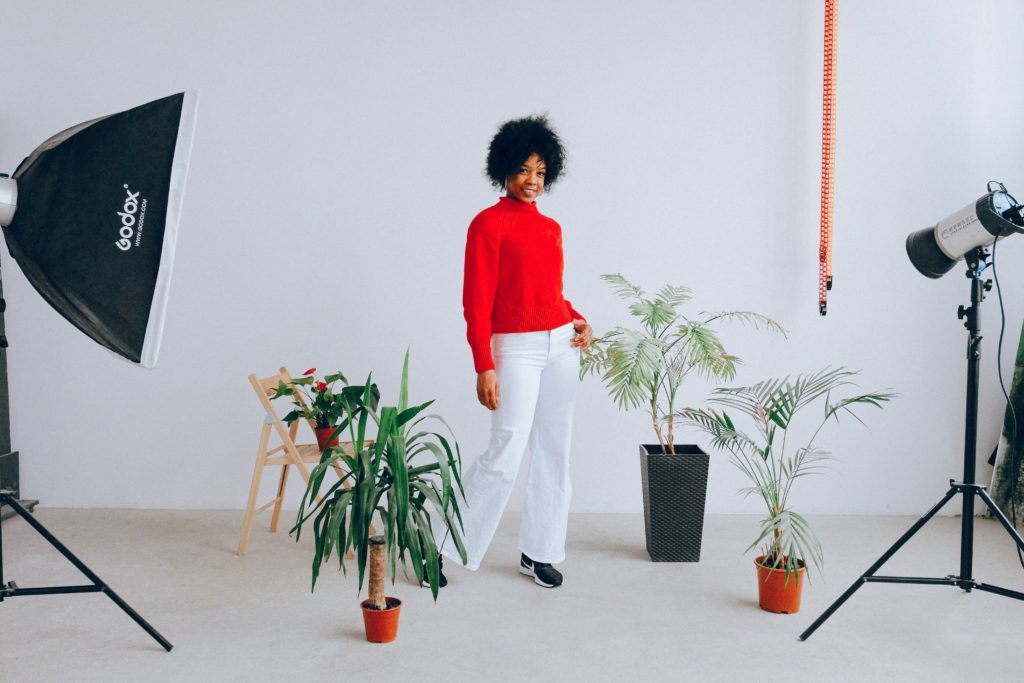Table of Contents
Brief Introduction
Each art form has its own unique means of expression. The photographer’s means of expression is light. If there is no light, they will do nothing like a sculptor without clay or a painter without paint.
Although the art of photography has developed its own different genres and styles in the course of more than 150 years of development, it has always followed art forms such as painting and literature. Especially in the past 50 years, futuristic photography and absurd photography. Editing photography and stereo photography, etc., can find similarities with sister art in form. However, they are still different after all. One of the reasons is that photographers give full play to the unique modeling method of photography-the language of light. Through light, they formed their own way of modeling and determined the expression intention of the picture. Through light, it is not only different from other sister art, but also among photographers, their own artistic styles are also produced.
Creative photographers often say that the knowledge of light is the most important part of the photographer’s artistic talent. Light itself is expressed in many different forms, and photographers can choose the most suitable form to achieve a special purpose. These forms of light are controllable, and they can be used to clearly express the characteristics, concepts, and emotions of a particular subject on the photo. Before photographers can make full use of the great potential of light, they must analyze light, understand the various characteristics of light, and familiarize themselves with the various functions and uses of light.
Intensity of Light
For photographers, light has three main properties: intensity, quality, and color.
The first is strength. The intensity of light can range from bright to dark, and this applies to any light source. For example, in cloudless weather, the daylight at noon is very strong, and in windy and sandy weather, the light is dim. It can be said that there is no light at night. The intensity of the artificial light source varies with the power of the lamp.
Bright light gives people a dazzling, bright and serious feeling, dim light often expresses melancholy, tranquil and reserved emotions. This difference in lighting intensity will be expressed in three different ways in the photo: the brightness of the subject, the contrast range of the subject, and the color reproduction of the subject in a color photo.
When the illumination intensity is high, the subject appears brighter, clearer, and the contrast is greater, and the color appears more vivid than under the light condition of low illumination intensity. If the photographer is good at grasping and cherishing such different changes in the subject, he can use light of appropriate intensity to better highlight the characteristics of the specific subject.
It is important that this characteristic of lighting is shown in the photos. Some photographers often think that very bright light will make the subject look too dazzling, the bright part is too bright, and the shadow part is pitch black. As a result, the contrast was artificially reduced, and relatively low-contrast photos were produced. The result was a complete lack of the typical characteristics under special lighting conditions. For example, in the scene of open-hearth tapping, the hot molten steel is so bright and dazzling that the eyes can’t see anything except black and white.
At this time, as some people have done, using a very strong auxiliary light to soften and reduce the contrast will completely destroy the dramatic effect of this scenery. When a sensitive photographer encounters this subject matter, he will completely abandon all the rules and precepts he has learned about using light, and only consider how to express the hot and dazzling impression of molten steel, that is, by emphasizing the characteristics of lighting, enhancing contrast, Silhouette and halo effects capture this vivid scene.
Light Quality
The second property of light is its different qualities.
The light can be direct light from a hot light source, such as sunlight that is not blocked by clouds, direct artificial light from spotlights, photography lights, and flashlights, or scattered light reflected from the surface of the illuminated object. Such as foggy or cloudy daylight, artificial light reflected from the surface of walls, ceilings or other objects that reflect light, or scattered light formed by adding a diffuser in front of a hot light source.
Direct light is strong and dazzling, with high contrast, which can create clear and prominent shadows. The scattered light formed by the reflection is softer and has low contrast, which can cause gray, fuzzy shadows, or no shadows at all.
Of course, there are countless transitional stages between the two. Practice has shown that the shadow caused by direct light can change with the change of the position of the light source and the subject, or the position of the photographer and the light source. This kind of bright shadow can strengthen or weaken the characteristics of the subject due to its shape, style and size of the part it occupies.
The reflected light can show the shape of the subject, and can reproduce its original appearance delicately and naturally, and has little relationship with the relative position of the subject and the light source. Therefore, direct light is more difficult to use successfully than scattered light, because improper use can make the result worse. However, if used correctly, it will enable photographers to take vivid images with strong contrast and black-and-white pattern effects, far better than the effects obtained with scattered light.
Color of Light
The third property of light is color.
Those color photographers who are dedicated to color reproduction must make it clear that the color of the lighting (its color temperature) must be consistent with the color temperature required by the color film. For example, the light in the morning and evening is not suitable for daylight film, and the photos taken with this film are more yellow or red than the scenery seen by the eyes. In addition, sunlight in outdoor shades is usually somewhat bluish.
![]()
American photographer Arthur Goldsmith believes that light has two characteristics: objectivity and subjectivity. It is necessary for photographers to do both. The so-called objective light refers to a narrow band of the electromagnetic wave spectrum that enables us to see and record images. However, Goldsmith pointed out that the use of subjective light—as a creative factor in photography—while accurately measuring this light for correct exposure cannot be ignored. Subjective light is the light that can make us react to emotions.
Nowadays, exposure control-the control of the amount of objective light input-has become an inherently automatic process with the gradual sophistication of photographic equipment. However, the subjective component of light in photography has nothing to do with today’s complex exposure control system. It mainly involves people and extremely rich subject matter, which is very important for any serious photographer.
To understand and master the above characteristics and use good light, it is not enough for photographers to observe only, and they must also be able to feel them. Photographic observation refers to an in-depth understanding of the actual effects of light on the subject. This requires a special visual sensitivity, “How does the sunset approaching dusk show the texture of the sand dunes? How does the lighting covered by thin clouds in the bright cloudy sky soften the wrinkles on the face? How about a spotlight Arouse people’s attention? Or, how does a direct flash sweep away the nuances of the surrounding light, and add its own plain and hard light to the picture…”
In this regard, photographers must coordinate with them. Goldsmith believes that one way to increase your sensitivity to light is to learn how master photographers react to light.
Some photographers who are romantic, and even focus on the plot, like dark colors, such as Eugene Smith. In his photography, it can make the shadows vigorous. However, he pays great attention to details, and even in the darkest part, Smith always manages to preserve details and layers.
For Henri Cartier-Bresson, light is a subtle component that can show cool high-key, silver-gray midtones and soft blacks. In addition, it is helpful to pay attention to the light consumption of contemporary color photographers. In Elliott Porter’s forest image, the light shining on tree trunks and moss-covered rocks is soft and penetrating. In stark contrast, Alex Webb used the scorching tropical sun to create deep, painterly shadow effects. Rebecca Black creates dreamlike light for her affectionate fantasy works.
In short, photographers use objective light to leave the image on the film, but the quality of the image depends on the subjectivity of the light. The camera in the photographer’s hands will faithfully record what he clearly sees and deeply feels.
